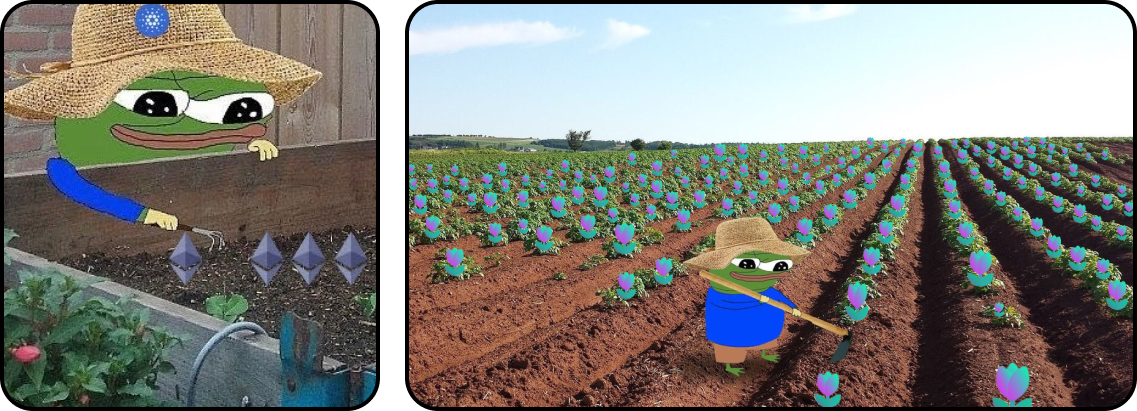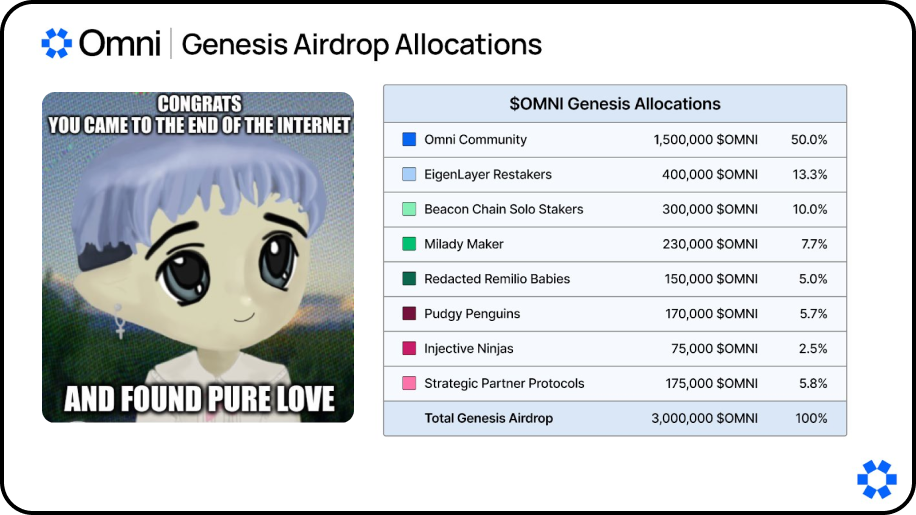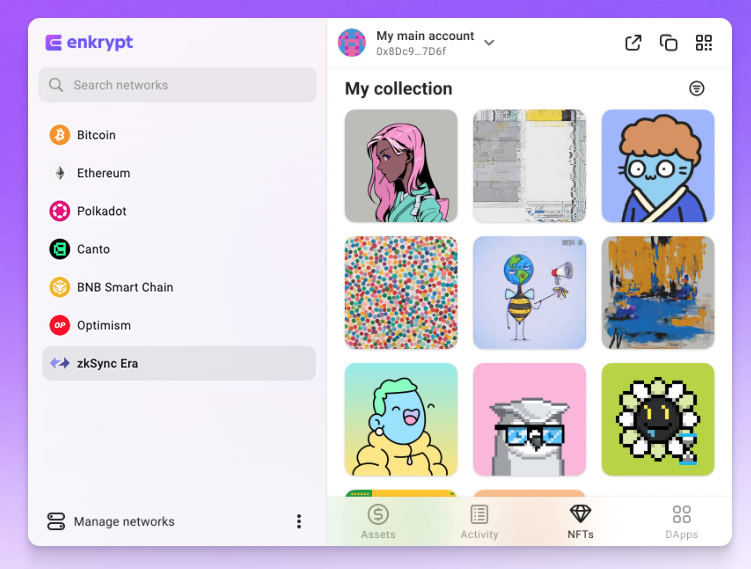If you’re active onchain, you are likely familiar with airdrops. Never heard of them? Read this first. Maybe you’ve seen people rejoicing on socials after receiving one. Maybe you unknowingly qualified for one yourself. Maybe you’re a battle-hardened sybil. Regardless of your experience with airdrops, there are many methods to the madness. Let’s do a deep dive into airdrops!

Why Farm Airdrops?
The simple answer is ‘because I get free things’. Well, okay. But in terms of time spent or resources allocated - is the reward even worth it? Sometimes. 🤷
When you’re farming an airdrop, it isn’t uncommon for the protocol to actively be denying any plans of a token in the future. Yet, they end up dropping a token eventually. Other protocols will tease a token as if their life depends on it (it does) and never drop one.
Generally, farming airdrops offers a much higher potential reward for much less commitment when compared to trading crypto. It’s true some airdrop farms require you to put your time and energy into it. But some just want your follow on socials and require nothing else. There are many different ways to qualify for airdrops, you just need to find the ones that you feel are worth your precious time!

Types of Farms
The most common way that people have qualified for airdrops in the past is by being an active and early user. Just imagine if you were paid for playing Minecraft while it was still in beta. That is essentially what is happening here. Protocols that are early in development stages will often announce an airdrop in order to bootstrap users. The users flock to the protocol and become the first people to test it out. More often than not, how active you are correlates with how much you earn. Reporting bugs? Providing liquidity for the protocol? These activities can up your airdrop allocation!
Another method is by “questing”. Popular dApps like Zealy or Layer3 allow for communities to gather and complete quests. Sometimes the quests are as easy as “Follow us on X (FKA Twitter)”.
Other quests require you to do specific tasks like interacting with various dApps or even creating memes. Although you can sometimes qualify for airdrops solely from quests, they’re normally combined with another method of farming in order to maximize user engagement.

If you really have your finger on the pulse, sometimes you can qualify for future airdrops by holding a specific token. Sometimes you have to be staking said token. Other times you just need it in your wallet.
For example - anyone who was holding OR staking $DOT in a self custodial wallet before 2024 qualified for both the $DED and $PINK airdrops on Polkadot. The more $DOT you held, the more $DED and $PINK you earned.
Similarly, users who were staking $ATOM in 2023 received $TIA (Celestia). Users who then staked their $TIA qualified for Dymension’s $DYM a few months later. $DYM stakers are now qualifying for airdrops like $NIM and others.
Sometimes, holding tokens even qualifies you for an NFT airdrop! Were you holding $normilio on Solana before April of 2024? If so you were airdropped a Normilio Cousin NFT!
Yep, holding tokens can qualify you for free NFTs. But did you know holding NFTs can qualify you for free tokens? Airdropping tokens to NFT communities is an emerging trend simply due to the fact that it eliminates almost all ‘fake’ wallet addresses.
You may have realized by now that if you wanted to, you could technically spin up 1000 wallets and be active on protocols all day. In theory that would qualify you 1000 times for a single airdrop. In order to combat this behavior, protocols like Ethena have and Omni have begun airdropping to NFT communities. Got a Pudgy Penguins in your wallet? You qualify. Got a Milady? You qualify. Hold the correct NFT and win.

Lastly, we have the infamous points system. Introduced in the summer of 2023, friend.tech revolutionized airdrop farming with the concept of “points”. Before friend.tech, you just farmed airdrops and had no idea how well you were doing. You had some arbitrary number in your head of how much you may or may not earn, how many times you’ve interacted with a protocol, what actions have been done, etc.
The points system allows a user to actually see how much progress they’re making. On a surface level, nothing is wrong with points. It’s just a way to track how much airdrop allocation you’ve earned so far. On the other hand, some argue that the points system allows protocols to tease an airdrop without ever actually dropping a token, essentially farming the farmers.

As you can see, a lot of airdrop farming is reliant on being in the right place at the right time, rather than simply doing the “right” thing. Airdrop farming is constantly evolving, and every airdrop farm is different. There is no “right” way to farm airdrops. It’s similar to throwing a net out and seeing what fish you can pull in. Sometimes it’s way more than you could have ever expected. Sometimes not. Like everything else in crypto, it’s a game of risk vs reward, and it’s ever-shifting. How deep are you willing to go solely for the chance of being rewarded with random tokens? That’s for you to decide. Get farming, anon.
Looking for the perfect airdrop farming wallet? Try Enkrypt! Enkrypt is a multichain, self-custodial, and open-source web3 browser wallet built by the team behind MEW (MyEtherWallet). With Enkrypt, users and developers can generate accounts, manage tokens and NFTs, and interact with DApps on Bitcoin, as well as Substrate and EVM chains. No more managing a different wallet for every chain. Conquer everything onchain with Enkrypt!


